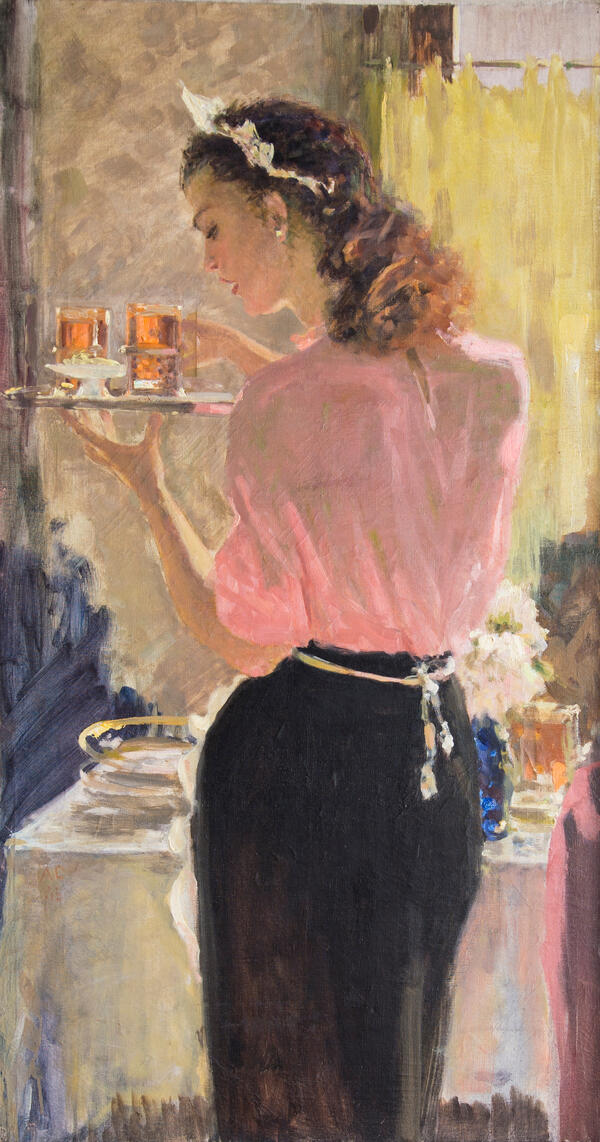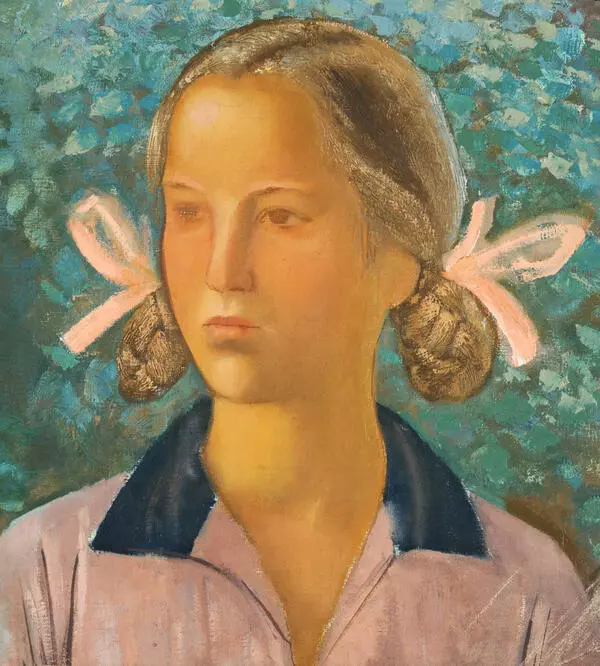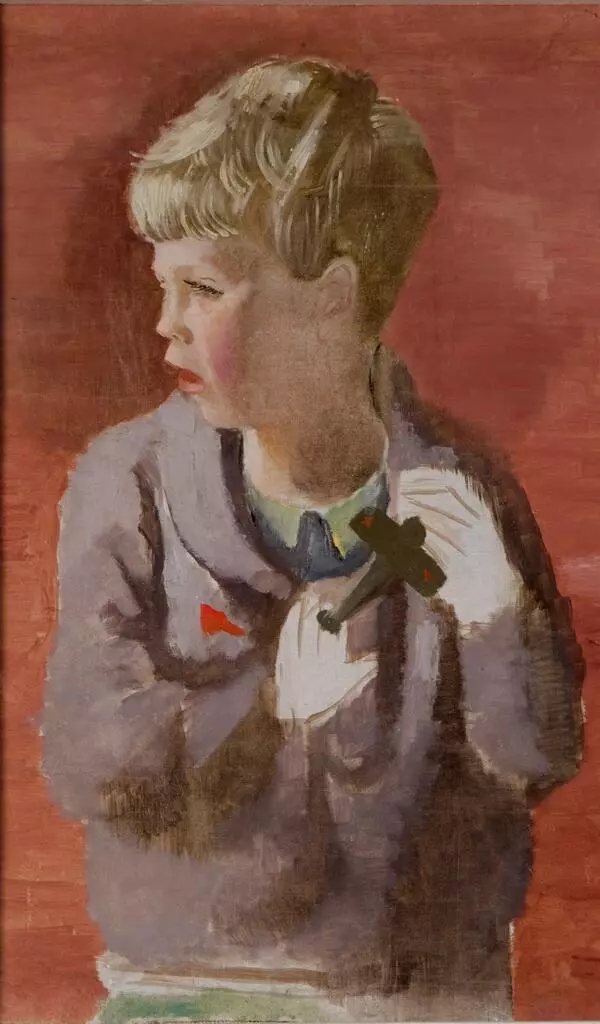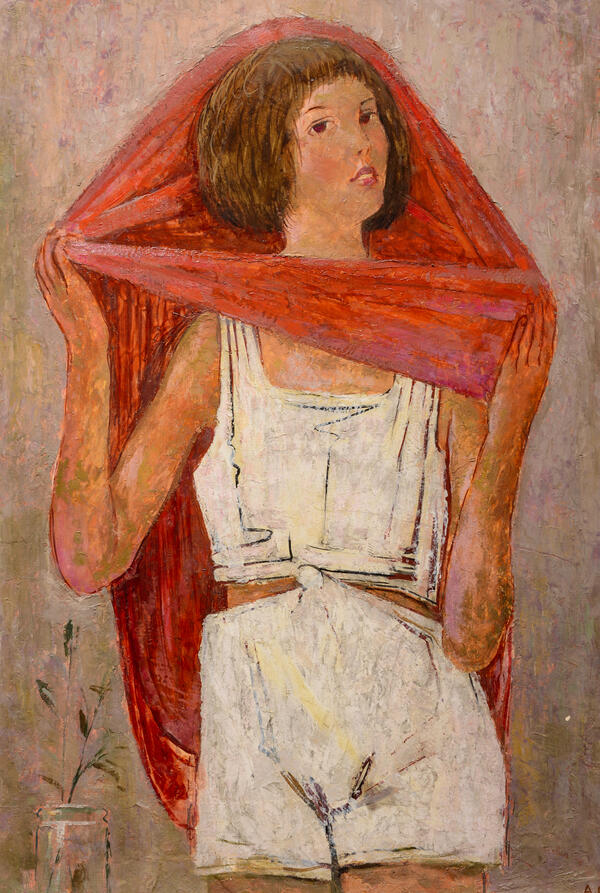The artist Aleksandr Nikolayevich Samokhvalov was interested in the image of a modern “working man” and a modern woman — an employee, a worker. Being not only a painter and graphic artist, but also a stage designer, during the Great Patriotic War Samokhvalov and the company of the Pushkin Academic Drama Theater were evacuated to Novosibirsk and came to Novokuznetsk to stage a performance of the Moscow Operetta Theater.
After the death of Aleksandr Samokhvalov, the Novokuznetsk Art Museum collaborated with his widow and daughter. As a result, several works became part of the museum’s collection. Among them is the industrial landscape “Cast Iron Is Coming. Metal Is Coming” and a preparatory study for it. Two of the works depict the Kuznetsk Metallurgical Plant — as it was during the artist’s stay in Novokuznetsk.
The 1947 canvas, painted in Leningrad based on the artist’s own recollections and the study, conveys a shaky, bright and dark atmosphere that breathes heat — it shows the scale of the daily activity at the plant.
The artist’s admiration for industrial power is
conveyed by the pictorial techniques used to develop a color palette and by the
characteristic brush strokes. In his memoirs describing the time he spent in
Stalinsk (as Novokuznetsk was called in 1943), Samokhvalov writes,







